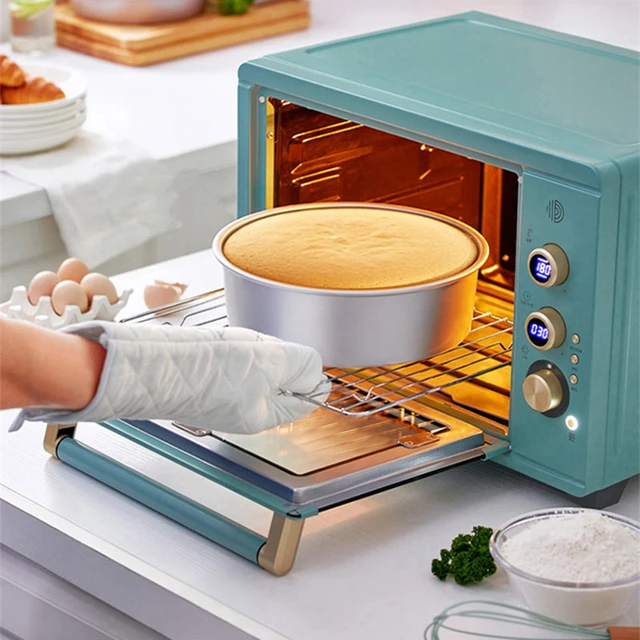Introduction:
Wood-fired pizza ovens have gained popularity among pizza enthusiasts for their ability to produce authentic and flavorful pizzas. While there are various types of pizza ovens available, each with its own advantages, wood-fired ovens offer unique benefits that set them apart. In this article, we will explore the advantages of wood-fired pizza ovens, discussing their impact on flavor, cooking efficiency, versatility, and overall pizza-making experience. By understanding these benefits, you can make an informed decision on whether a wood-fired pizza oven is the right choice for you.
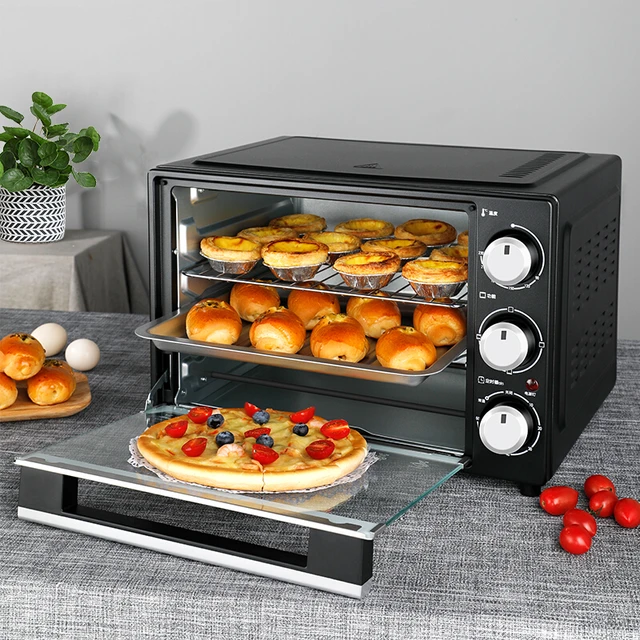
Are wood fired pizza ovens better?
Flavor and Authenticity:
a. Superior Flavor: Wood-fired ovens impart a unique and distinctive flavor to pizzas. The combustion of wood releases aromatic compounds that enhance the taste profile of the crust and toppings, resulting in a smoky, charred, and slightly caramelized flavor.
b. Crispy Crust: The high heat generated by wood-fired ovens quickly cooks the pizza, creating a crispy and blistered crust. The intense heat and even distribution of heat throughout the oven contribute to consistent and desirable crust texture.
c. Traditional and Artisanal Appeal: Wood-fired ovens are reminiscent of traditional, artisanal pizza making. They evoke a sense of nostalgia and authenticity, adding to the overall dining experience.
High Temperatures and Fast Cooking:
a. Extreme Heat: Wood-fired ovens can reach significantly higher temperatures compared to conventional ovens. Temperatures can range from 800°F to over 1000°F (427°C to 538°C), allowing for rapid and efficient cooking.
b. Shorter Cooking Times: The intense heat of a wood-fired oven enables pizzas to cook in a matter of minutes. The hot environment creates a balance between thoroughly cooking the toppings and achieving a perfectly cooked crust.
c. Heat Retention: Wood-fired ovens retain heat exceptionally well due to their construction and insulation. This characteristic allows for multiple pizzas to be cooked consecutively without losing significant heat, maintaining consistent cooking conditions.
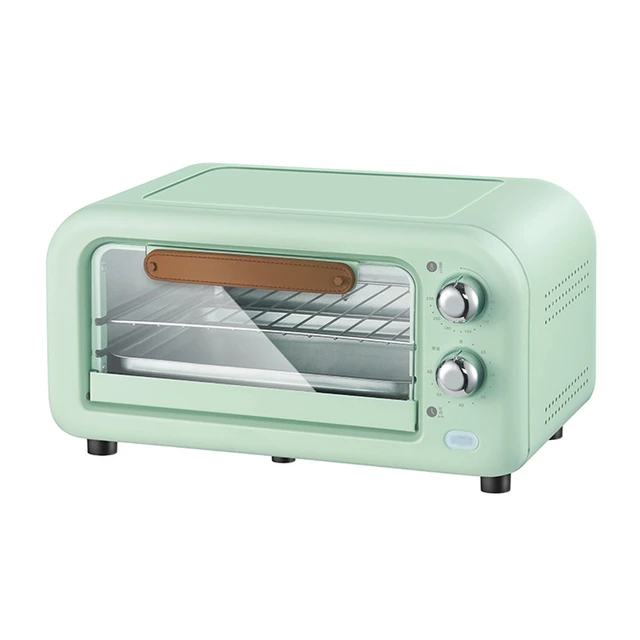
Versatility and Multi-Purpose Use:
a. Wide Range of Cooking: Wood-fired ovens are not limited to pizza-making alone. They can be used for a variety of cooking techniques, including roasting vegetables, baking bread, searing meats, and even making desserts. The versatility of wood-fired ovens makes them a valuable addition to any kitchen.
b. Faster Cooking Times: The high temperatures achieved by wood-fired ovens reduce cooking times for a wide range of dishes. This is particularly beneficial when preparing meals that require quick, high-heat cooking, such as roasts or seared meats.
c. Enhanced Flavors in Other Dishes: The wood-fired cooking method imparts unique flavors to other foods as well. Roasted vegetables, bread, and grilled meats acquire a distinct smokiness and depth of flavor that is difficult to replicate in conventional ovens.
Environmental and Cost Considerations:
a. Energy Efficiency: Wood-fired ovens are inherently energy-efficient, as the primary heat source comes from burning wood. They require little to no electrical energy, making them an environmentally friendly option.
b. Cost Savings: Wood-fired ovens offer potential cost savings over time. They eliminate the need for relying on electricity or gas to power the oven, reducing energy costs associated with conventional ovens.
c. Sustainable Fuel Source: Wood is a renewable and widely available fuel source. By choosing a wood-fired oven, you can embrace a more sustainable cooking method.
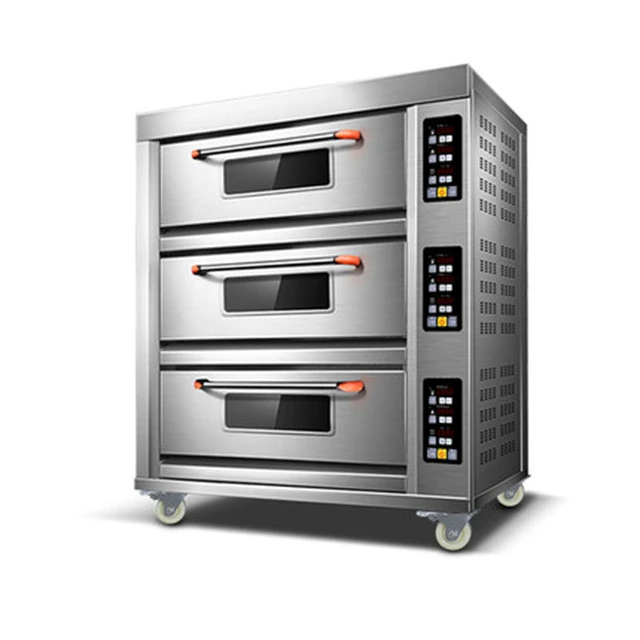
Community and Social Experience:
a. Gathering Place: Wood-fired ovens often serve as a focal point of gatherings and social events. The process of firing up the oven, preparing and cooking pizzas, and sharing the experience with friends and family creates a sense of community and fosters social interaction.
b. Interactive Cooking: Wood-fired ovens allow for a more interactive and engaging cooking experience. Guests can participate in the pizza-making process, customizing their own toppings and witnessing the transformation from raw dough to finished pizza.
c. Entertaining Showmanship: The visual appeal of a wood-fired oven, with the dancing flames and glowing embers, adds an element of theater to the cooking process. Guests can enjoy the spectacle of watching their pizzas being cooked in real-time.
Considerations and Limitations:
a. Learning Curve: Using a wood-fired oven requires some practice and skill to master. Achieving the perfect balance of heat, timing, and positioning of the pizzas can take time to learn and refine.
b. Maintenance and Upkeep: Wood-fired ovens require regular maintenance to ensure proper functioning and longevity. Cleaning out ash, inspecting and replacing parts, and maintaining the chimney are essential tasks for optimal performance.
c. Weather Dependency: Wood-fired ovens can be susceptible to weather conditions. Rain, snow, or strong winds can affect the ability to start and maintain a fire, potentially limiting their use during certain seasons or climates.
d. Space and Installation: Wood-fired ovens are typically larger and require dedicated space in a backyard or outdoor kitchen. Considerations such as proper ventilation, safety distances, and fireproofing materials need to be taken into account during installation.
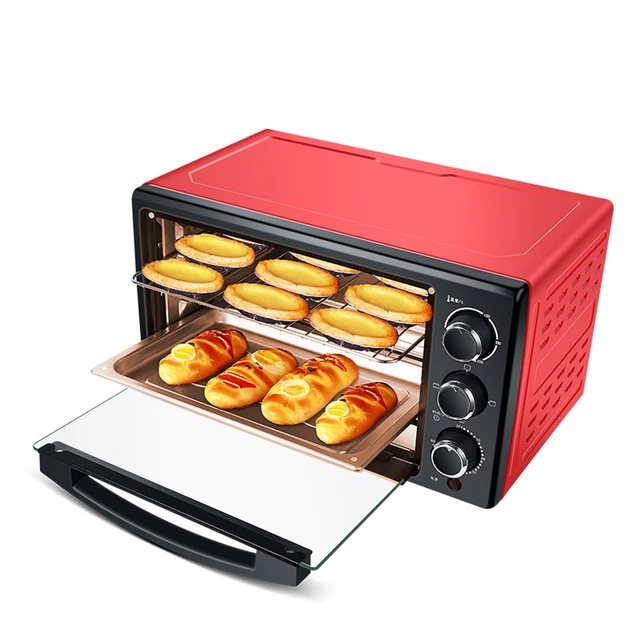
Personal Preference and Culinary Goals:
a. Aesthetic Appeal: The sight of a wood-fired oven and the ambience it creates can be a significant draw for homeowners who appreciate its rustic and artistic charm.
b. Passion for Pizza Making: Pizza enthusiasts who have a deep passion for the craft of pizza making may find the process and authenticity of using a wood-fired oven to be personally rewarding and fulfilling.
c. Culinary Exploration: For those who enjoy experimenting with different cooking techniques and flavors, the versatility of wood-fired ovens offers endless opportunities for culinary exploration beyond just pizza-making.
Individual Circumstances and Considerations:
a. Lifestyle and Frequency of Use: Consider your lifestyle and how frequently you plan to use a wood-fired oven. If you are an avid pizza lover who enjoys hosting gatherings and has the time and dedication to commit to the unique cooking process, a wood-fired oven may be an excellent investment.
b. Local Regulations and Restrictions: Be aware of any local regulations or restrictions that may govern the use of wood-fired ovens in your area. Some communities have specific regulations regarding outdoor fire pits or wood-burning appliances due to safety or environmental concerns.
c. Budget: Wood-fired ovens can vary significantly in price depending on their size, construction materials, and additional features. Consider your budget and weigh the initial investment against the long-term benefits and enjoyment you expect to derive from owning a wood-fired oven.
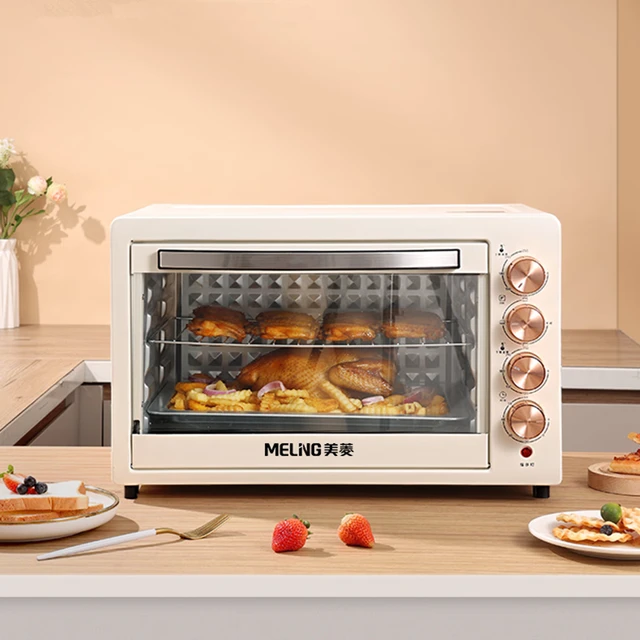
Conclusion:
Wood-fired pizza ovens offer a range of advantages that make them a coveted choice for pizza enthusiasts and professional chefs alike. The unique flavors imparted by wood-fired cooking, the rapid cooking times, and the versatility of these ovens contribute to an authentic and enjoyable pizza-making experience. Additionally, the environmental sustainability, cost savings, and social aspects associated with wood-fired ovens further enhance their appeal. While they may require a greater investment in terms of installation and maintenance compared to conventional ovens, the overall benefits and the joy of creating delicious, artisanal pizzas make wood-fired ovens a worthwhile choice for those seeking an elevated pizza experience.

